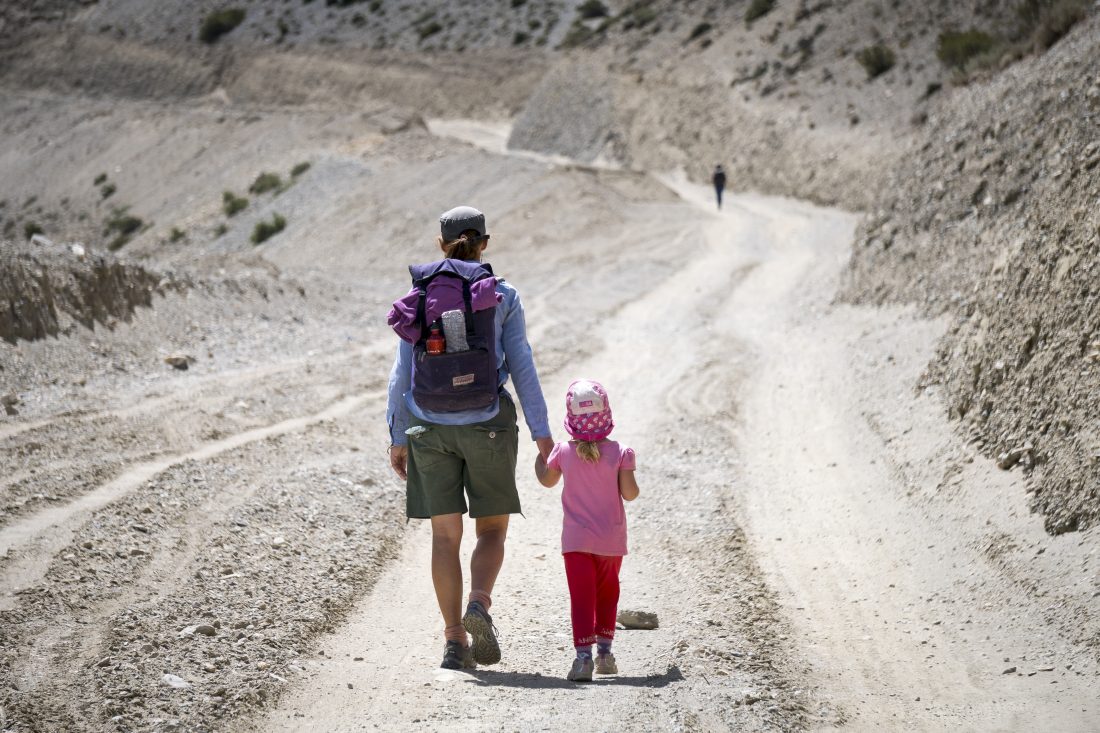
Women’s Issues
What a year. A crazy, screwed up, painful, deadly year. And we’re not even halfway through it. I can only hope—we all can only hope— that things will improve from here. But if this year has taught us anything, it’s that nothing is certain.
It’s left me with no shortage of subjects to discuss. I could talk about the ongoing ramifications of the fires, and that peer-reviewed research has shown clearly they were made worse by logging. I could talk about how leaders in several states have not heeded the lessons learnt from the fires but instead have pushed forward with the needless destruction of precious hardwood forests. I could talk about the brave souls engaging in non-violent direct action on Tasmania’s Mt Field, willing to risk arrest and/or life and limb to do what is right. I could talk about all our country’s wonderful NGOs holding to account governments that think they can sneak through environmentally destructive legislation while the world looks the other way.
I could of course—and probably most readers expect me to—talk about COVID-19. About how our lives have changed. About how, forcefully, we’ve been reminded of how precious it is to get into the outdoors, into places where we can challenge ourselves, into places green and quiet and calming. We have also been shown that nothing is a given. Not our health. Not our financial well-being. Not the ability to visit our friends and family. Not our access to national parks.
I could easily fill this page on those topics, but I won’t. I want to talk about something that’s been an ongoing issue for far, far too long. But it’s something I really was in two minds about whether to talk about at all. In this issue of Wild, more than 50% of our contributors are women. I wish I didn’t have to mention it, because I’m hoping for the day when this is wholly unremarkable, so common it’s simply not worthy of comment. Unfortunately, that is not the case; this, as far as I know, is the first time this has happened in an Australian non-gender-specific adventure magazine. Perhaps I’m wrong about this—I actually hope I am—but even if I am, it happens so rarely it may as well be considered to not happen at all.
Of course, there have been attempts to rectify this, notably via women’s-specific magazines and adventure film festivals. These are good. That said, what I’m hoping for is the day when they’re unnecessary because women’s voices are pervasive in the outdoors media generally. But gender-specific platforms can also imply that women’s voices should only be heard by women. Men, however, need to hear them too. It’s why it’s important for mags like Wild to do their best.
Here’s the thing, though: It’s not as easy as you might think. There’s a simple reason for this. We just don’t get enough content submitted to us by women. When it comes to photography, it’s even worse. In the 18 months I’ve been editor, I have not seen a single photographic submission—not one!—for our Gallery section from a woman (aside from Wild’s production assistant Anja Fuechtbauer, who can take a mean photo).
Perhaps this is because women have given up. I can understand it. I’ve heard from one of our female contributors that the magazine world is such a boys’ club that they know of other female writers who have thrown in the towel.
It doesn’t mean that Wild will lower its standards to accept something of inferior quality simply because it’s been submitted by a woman. I don’t think women want that anyway. Every woman I’ve spoken with says they just want the right to equal treatment, and that they don’t want their work to be published only because they’re a woman. Take Krystle Wright, for instance, who has contributed this issue’s evocative photo essay. She’s one of the best adventure photographers on the planet. So often, however, people refer to her as a leading female photographer. I fricking hate that. She’s a leading photographer, period. The female bit is irrelevant.
What I am hoping for with this issue is that Wild can give some small nudge to inspire women to both get outdoors, and then to tell us their stories. It’s not that women necessarily need examples of other women to inspire them; there have long been female adventurers of the highest order. But it doesn’t hurt either. It’s actually why one of the stories I’ve been proudest of running over the last year was the photo essay on young Maya Bristow, an extraordinary girl who has packed more adventure into her eight-year old life than most adults will. I have had loads of feedback about how that piece inspired other young girls, and parents of young girls. I can only hope this issue will prove equally inspiring.
James McCormack
Editor
Image: Maya Bristow and her mum Catherine Lawson in Nepal. Credit: David Bristow

